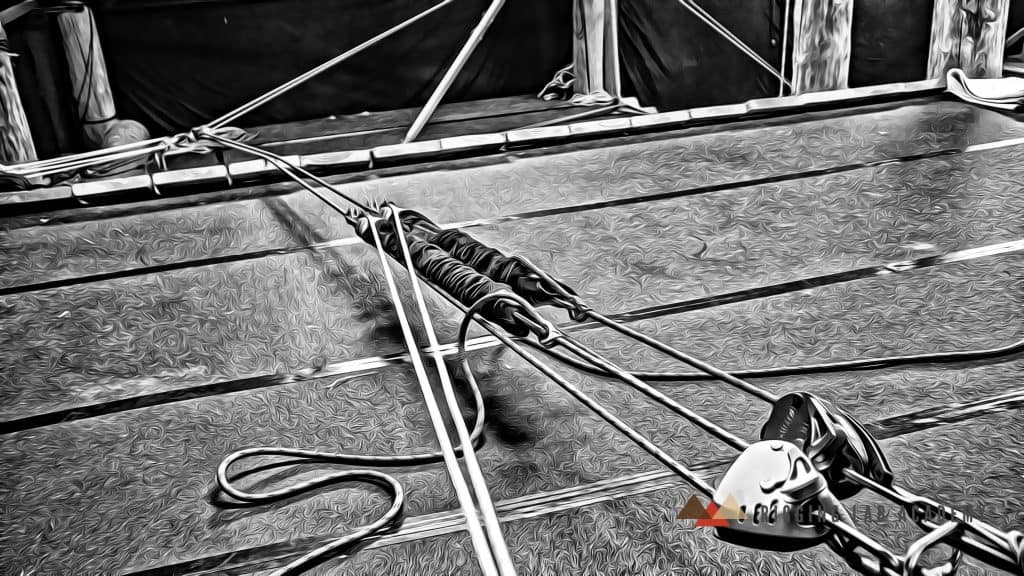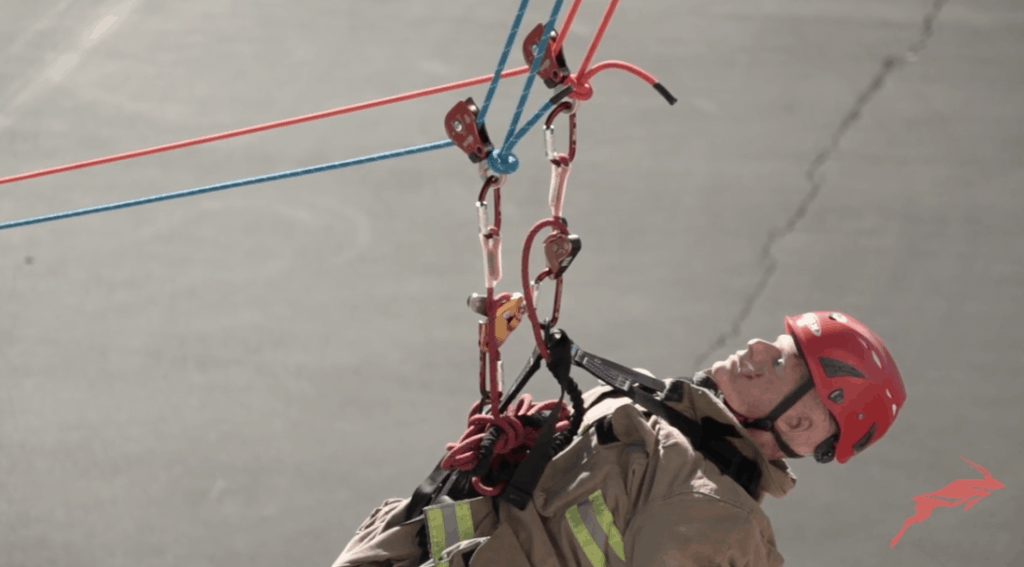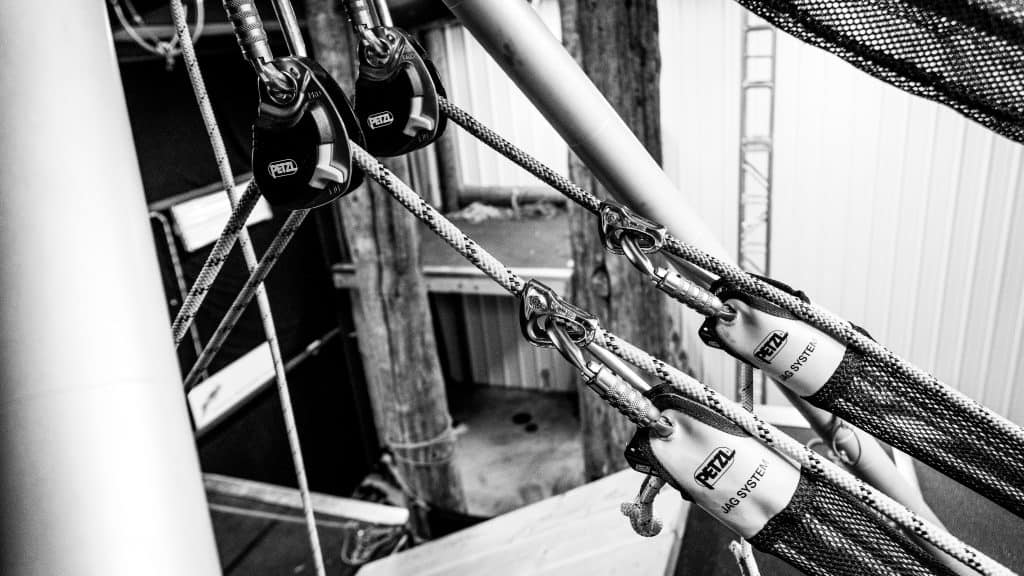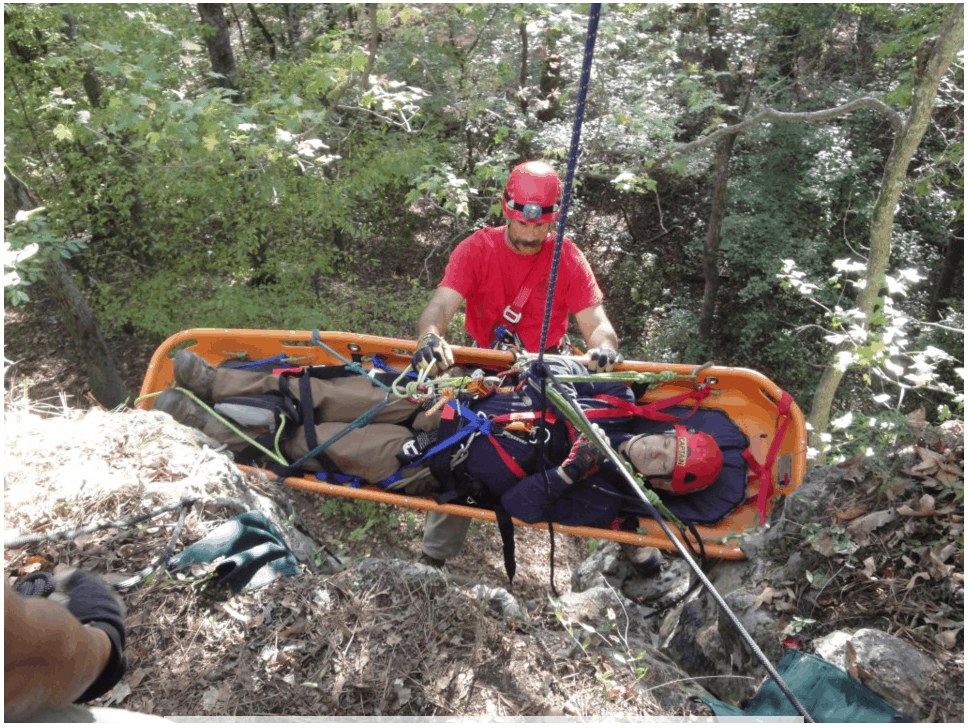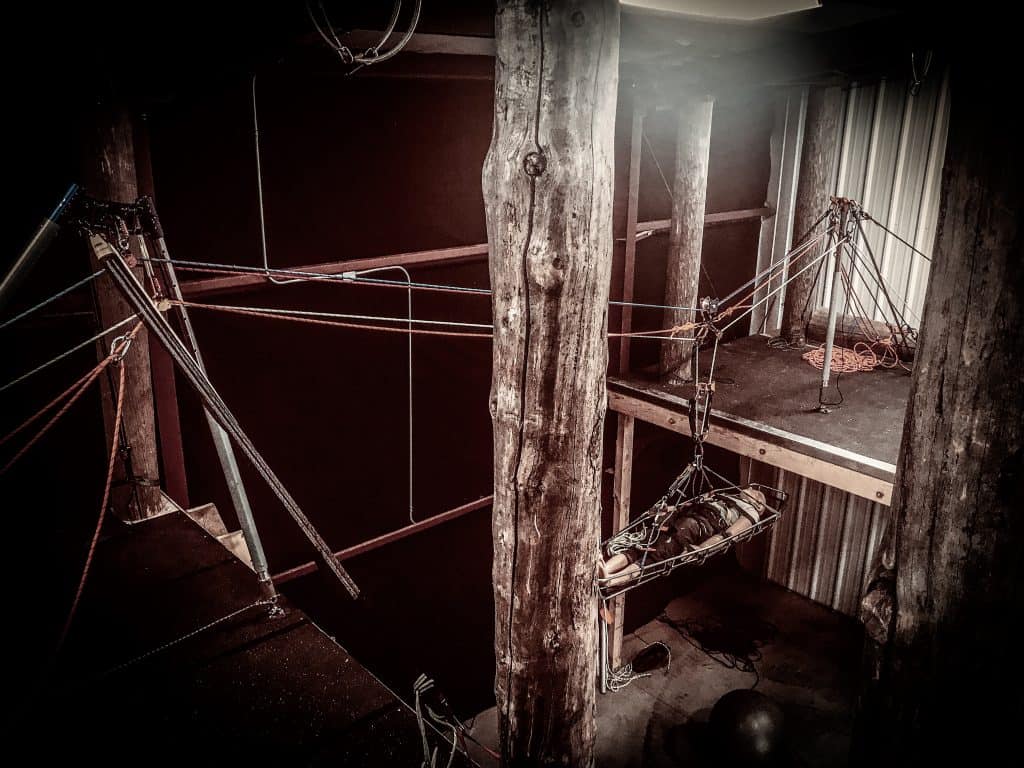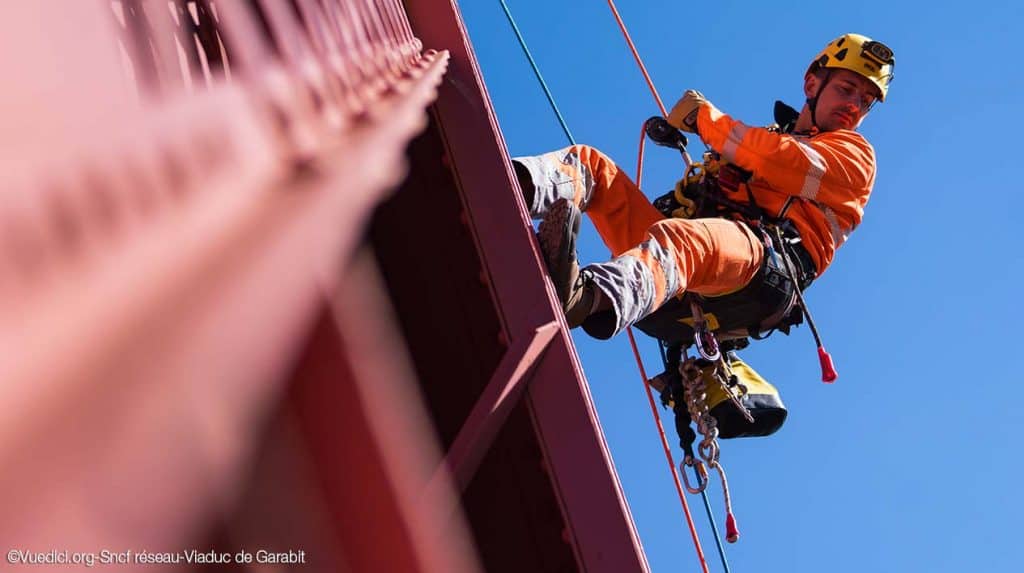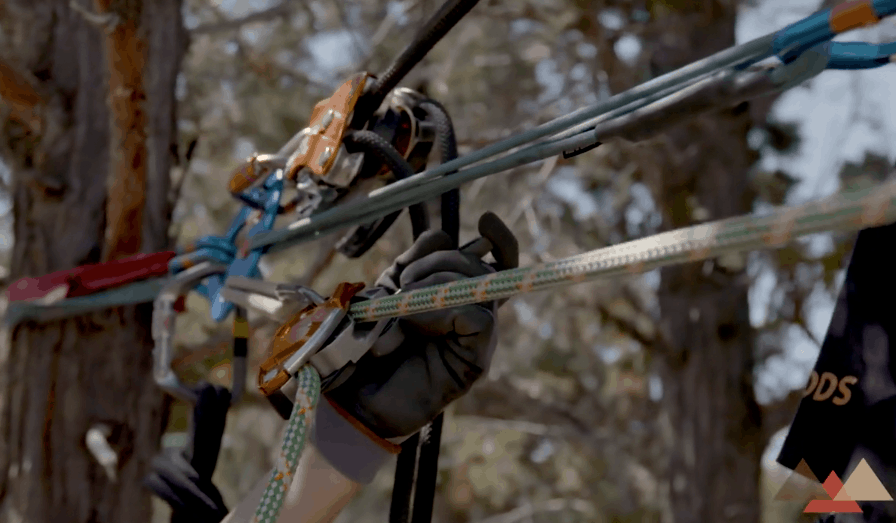A Little Known Tool That Is Making Huge Headway… The Inside 9 Mechanical Advantage System
Over the last year or so I have been trying to up my rigging game with the main focus being “rigging light, rigging quick, rigging solid and rigging efficient”. I will be the first to admit that all for all of this to happen at the same time it is a special day. I will […]

